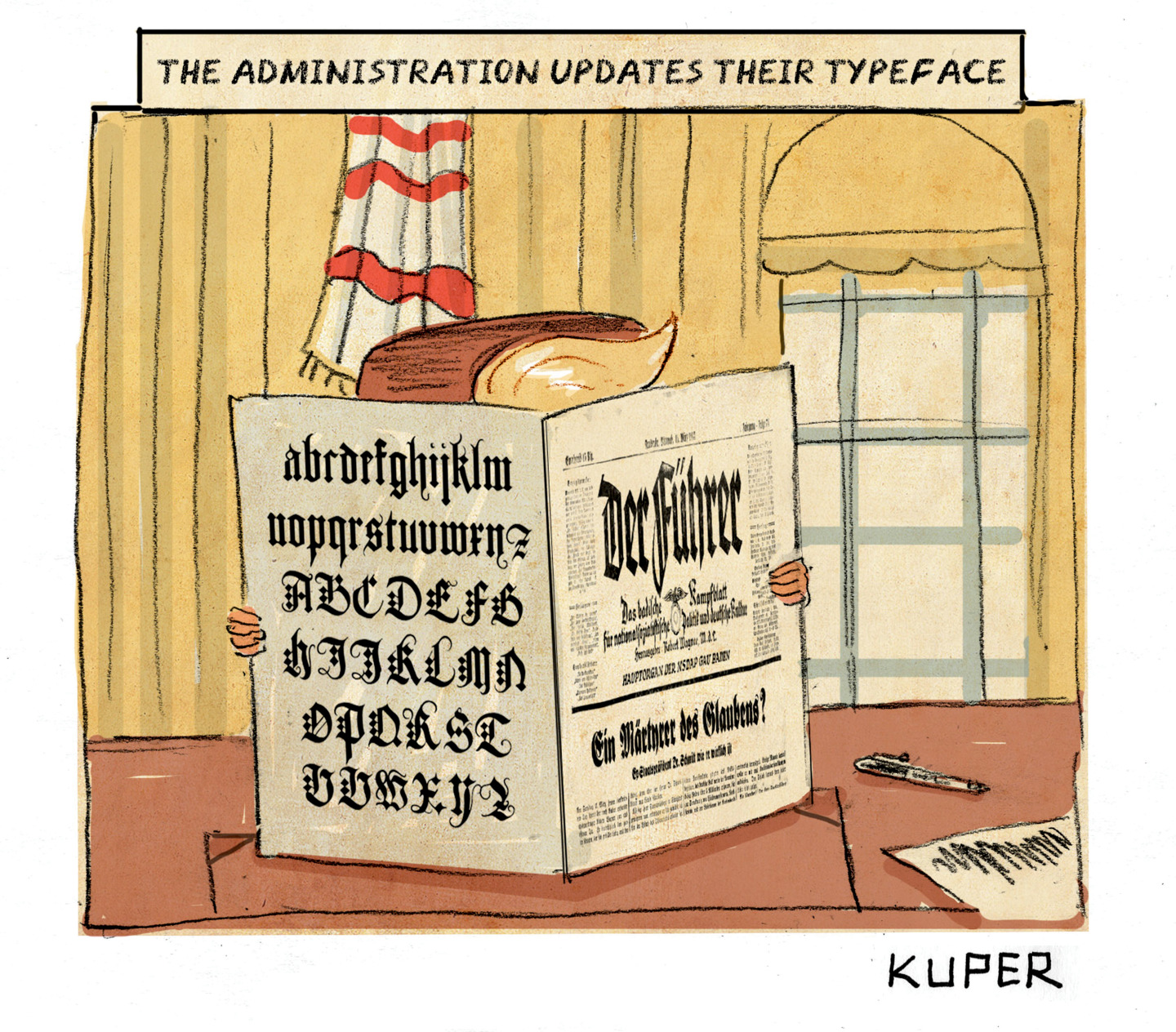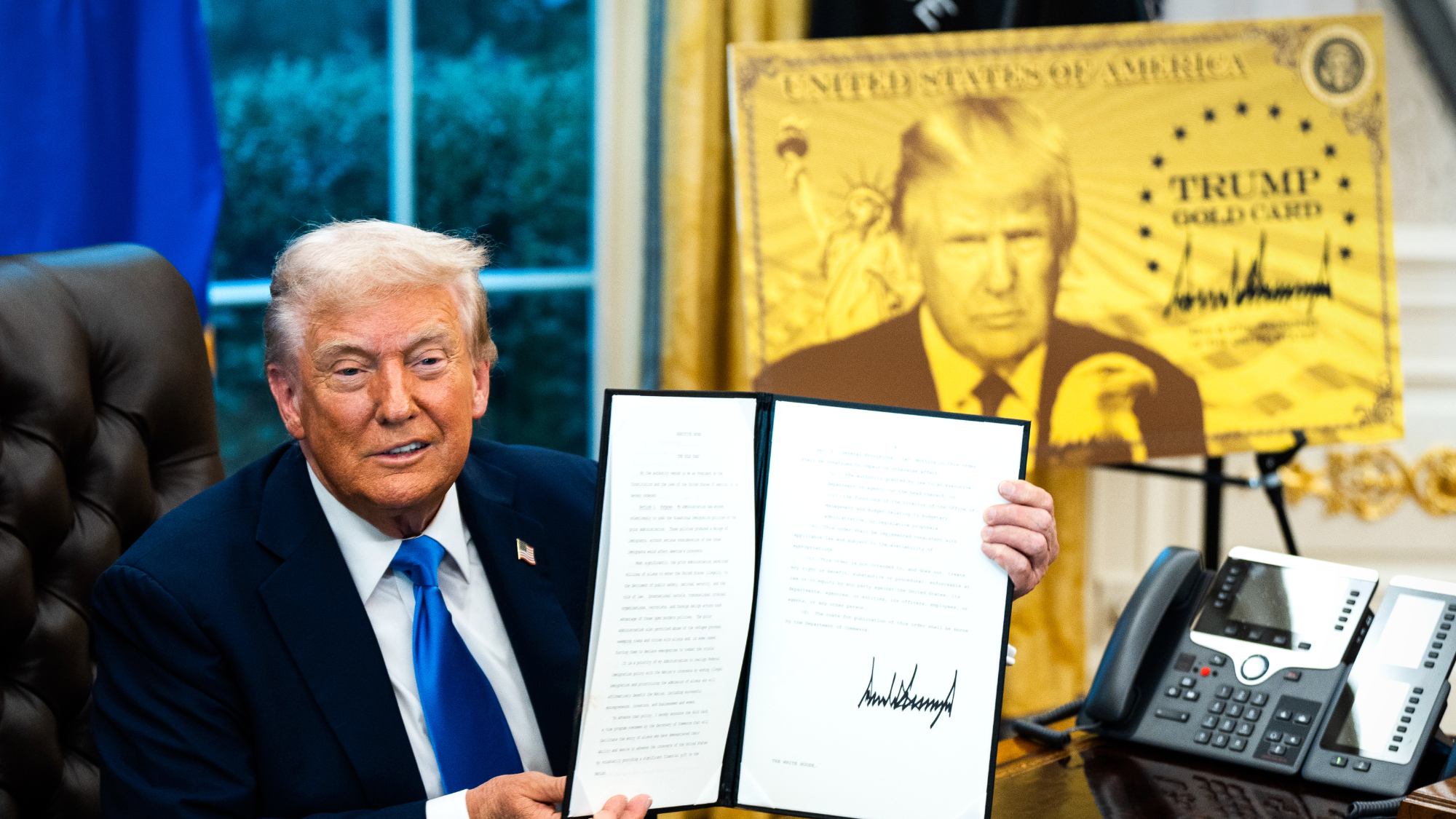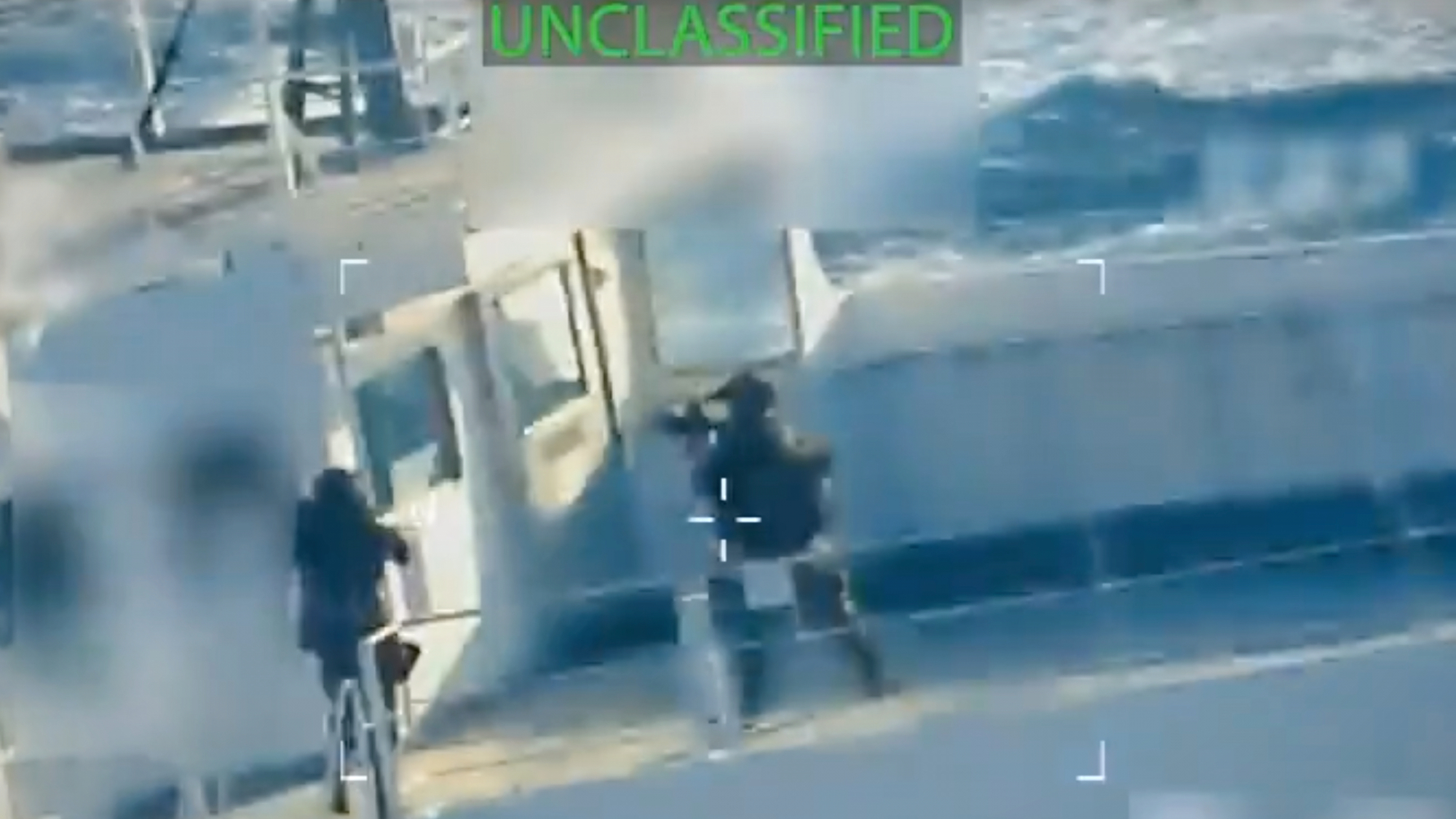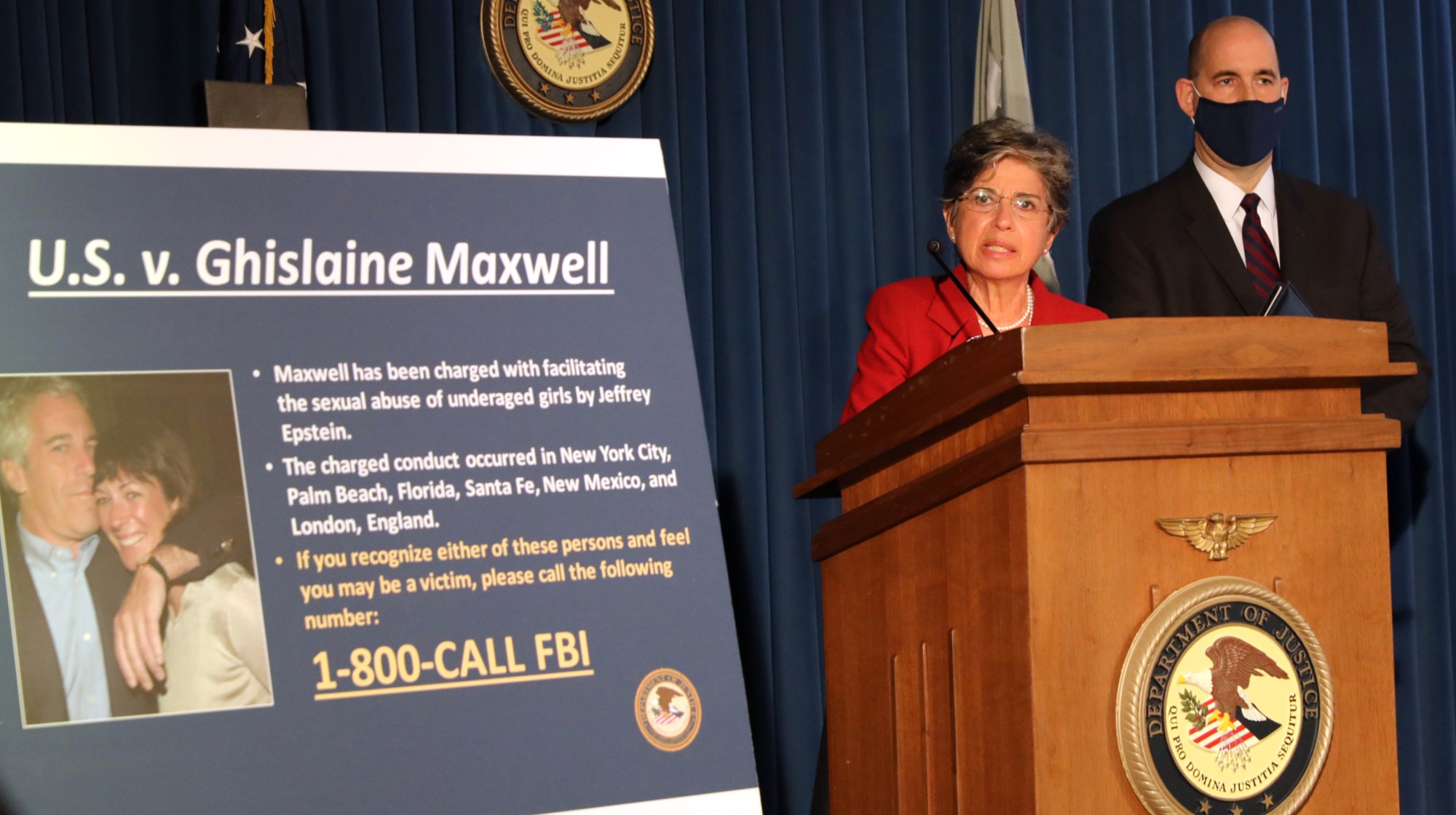North Korean nuclear test site Kim Jong Un vowed to shut down is largely destroyed, new study suggests


There's a debate about the value of North Korean leader Kim Jong Un's promise to shut down North Korea's largest nuclear test site as he engages in peace talks with South Korea and President Trump's administration, but a study published in the journal Science on Thursday suggests the Punggye-ri site was largely destroyed after Pyongyang's last nuclear test in September. In the new study, researchers from the U.S., China, Germany, and Singapore created a 3-D model of the site based on space-based radar, and they found that the test tunnels continued caving in for hours and days after the explosion, causing more extensive damage than previously believed.
The damage first discerned at the site, under Mt. Mantap, was "dwarfed" by the subsequent collapses, says Sylvain Barbot, an author of the study from Singapore's Nanyang Technological University and the University of Southern California. "These findings make us infer that a large part of the Punggye-ri test site is inoperable and that further test may require a substantial investment in the construction of another facility elsewhere." Kim told South Korean President Moon Jae-in at this historic summit that two of the site's larger tunnels are still in good condition, Seoul says. Kim is meeting with Trump in Singapore on June 12.
A free daily email with the biggest news stories of the day – and the best features from TheWeek.com
The Week
Escape your echo chamber. Get the facts behind the news, plus analysis from multiple perspectives.

Sign up for The Week's Free Newsletters
From our morning news briefing to a weekly Good News Newsletter, get the best of The Week delivered directly to your inbox.
From our morning news briefing to a weekly Good News Newsletter, get the best of The Week delivered directly to your inbox.
Peter has worked as a news and culture writer and editor at The Week since the site's launch in 2008. He covers politics, world affairs, religion and cultural currents. His journalism career began as a copy editor at a financial newswire and has included editorial positions at The New York Times Magazine, Facts on File, and Oregon State University.
-
 A long weekend in Fontainebleau
A long weekend in FontainebleauThe Week Recommends Less than an hour from Paris, this historic town is perfect for a short break
-
 Political cartoons for December 16
Political cartoons for December 16Cartoons Tuesday’s editorial cartoons include calibrating fonts, Christmas classics, and more
-
 Cryptocurrency and the future of politics
Cryptocurrency and the future of politicsIn The Spotlight From electoral campaigns to government investments, crypto is everywhere and looks like it’s here to stay
-
 Senate votes down ACA subsidies, GOP alternative
Senate votes down ACA subsidies, GOP alternativeSpeed Read The Senate rejected the extension of Affordable Care Act tax credits, guaranteeing a steep rise in health care costs for millions of Americans
-
 Abrego García freed from jail on judge’s order
Abrego García freed from jail on judge’s orderSpeed Read The wrongfully deported man has been released from an ICE detention center
-
 Indiana Senate rejects Trump’s gerrymander push
Indiana Senate rejects Trump’s gerrymander pushSpeed Read The proposed gerrymander would have likely flipped the state’s two Democratic-held US House seats
-
 Democrat files to impeach RFK Jr.
Democrat files to impeach RFK Jr.Speed Read Rep. Haley Stevens filed articles of impeachment against Health and Human Services Secretary Robert F. Kennedy Jr.
-
 $1M ‘Trump Gold Card’ goes live amid travel rule furor
$1M ‘Trump Gold Card’ goes live amid travel rule furorSpeed Read The new gold card visa offers an expedited path to citizenship in exchange for $1 million
-
 US seizes oil tanker off Venezuela
US seizes oil tanker off VenezuelaSpeed Read The seizure was a significant escalation in the pressure campaign against Venezuelan President Nicolás Maduro
-
 Judge orders release of Ghislaine Maxwell records
Judge orders release of Ghislaine Maxwell recordsSpeed Read The grand jury records from the 2019 prosecution of convicted sex offender Jeffrey Epstein will be made public
-
 Miami elects first Democratic mayor in 28 years
Miami elects first Democratic mayor in 28 yearsSpeed Read Eileen Higgins, Miami’s first woman mayor, focused on affordability and Trump’s immigration crackdown in her campaign
